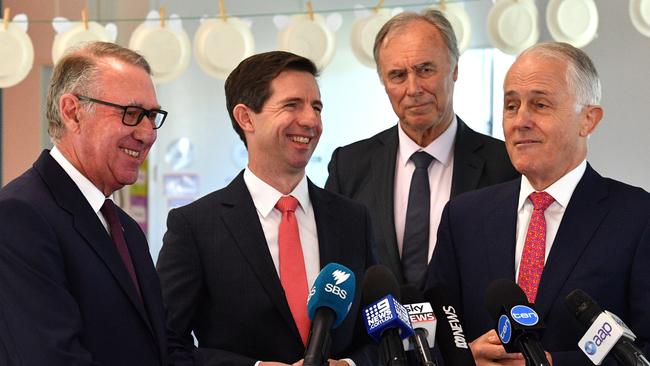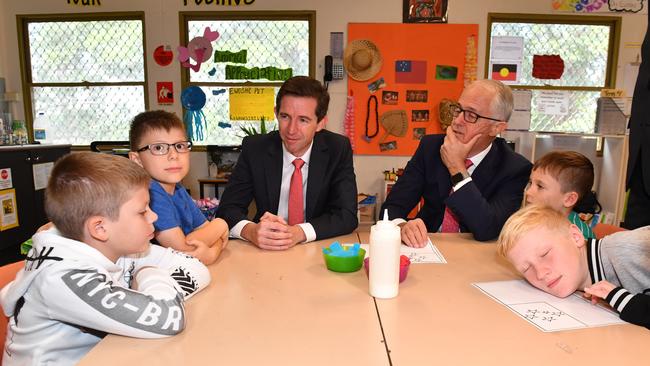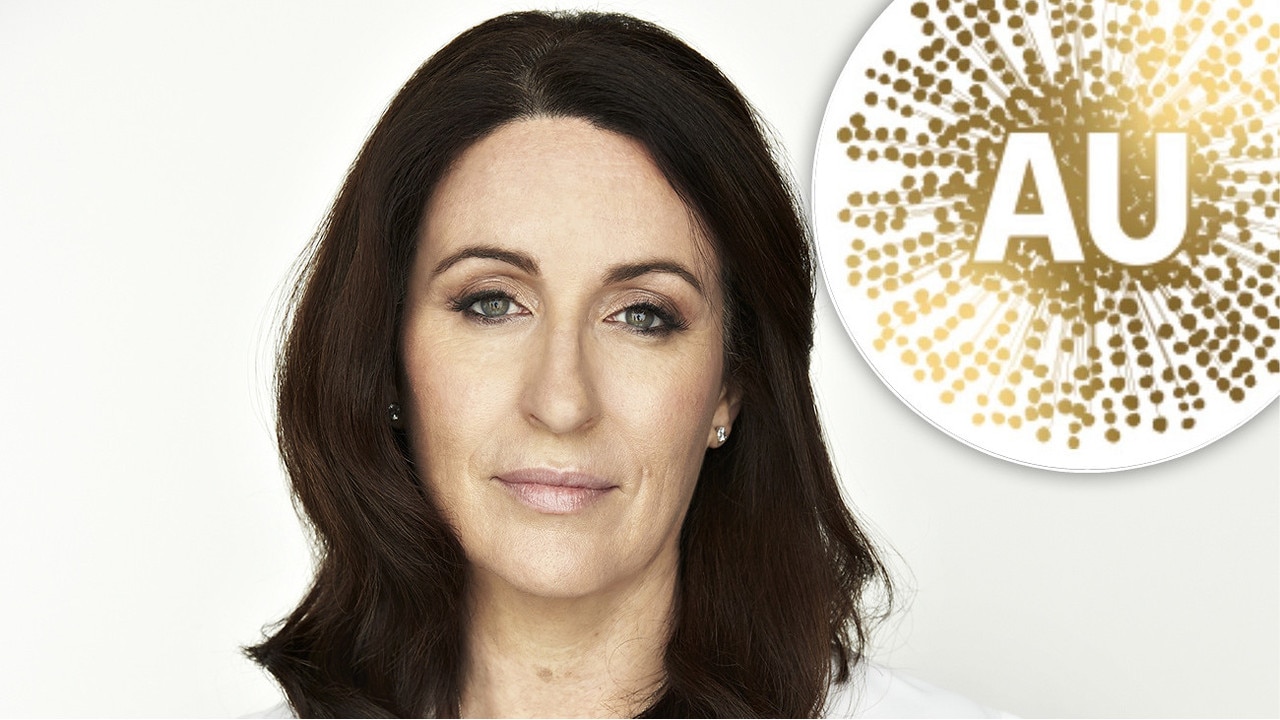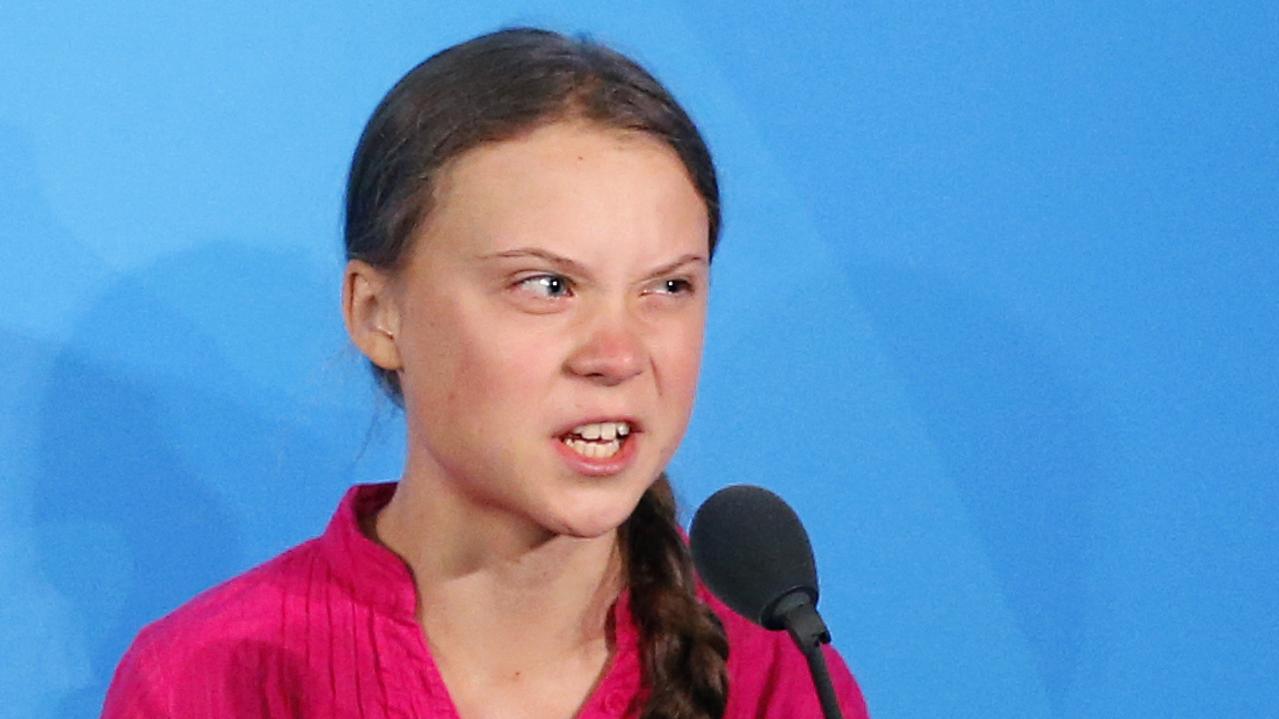It’s taxpayers’ money and real solutions that are Gonski
THROWING more cash at our broken education system is not the answer, especially when Gonski 2.0 is full of wishy-washy proposals not backed by evidence, writes Jennifer Buckingham.
Rendezview
Don't miss out on the headlines from Rendezview. Followed categories will be added to My News.
IF the new Gonski report on education is a “blueprint” for building student achievement, as described by the Prime Minister yesterday, we should all grab our kids and pets and evacuate.
The report is so lacking in substance and rigour that the roof is very likely to cave in.
Worse, it is a clear example of taxpayers’ money being soaked up by another review that not only did not deliver on its brief, but actually suggested spending more money to establish yet another review.
The committee’s task was to “examine evidence and make recommendations on the most effective teaching and learning strategies and initiatives to be deployed” in order to improve student achievement in school and maximise their opportunities post-school.
The review was commissioned in the wake of an announcement last year of significantly increased Commonwealth funding for schools. It was supposed to mitigate the risk that this extra funding would fail to improve results over the next 10 years — just as previous funding increases have failed over past years.
MORE
Simon Birminham struggles to explain his revolutionary plan for schools

What the committee provided instead was a series of proposals that largely have no evidence basis and which would probably take up to a decade just to develop and implement.
The headline proposal is for a ‘continuous assessment tool’ — for which there is no evidence to support the grandiose claims of its impact — but there is also a wideranging set of 22 other recommendations. Some will increase administration burdens and bureaucracy, and some simply endorse things that are already happening, such as the reforms started by the Teacher Education Ministerial Advisory Group (TEMAG) in 2014.
What should actually be happening classrooms in terms of effective teaching for high standards of learning barely gets a look-in. The report doesn’t investigate the evidence on curriculum design and teaching strategies that lead to the most growth in learning, or advise on how to ensure that teachers use them.
Instead, there is a strange preoccupation with the idea of ‘growth mindset’ as being a key factor in student performance. According to this concept, students who believe they can do well are more likely to, so schools and parents should facilitate this attitude.
‘Growth mindset’ has the ring of a Pentecostal preacher about it — the idea that a dyslexic child who cannot read or write can be helped by simply being told to have a positive mental attitude is like a faith healer telling a blind person he can see if he believes he can. It follows that according to recent meta-analyses of mindset research, the relationship between mindset and achievement is weak at best.

And what about the idea to “deliver at least one year’s growth in learning for every student every year”? Again, it sounds obvious that this should be a goal for every student but there is a lot of missing detail in the report, and the complexities of Professor John Hattie’s research have been lost in translation.
How do we determine what is a year’s growth in learning in every single subject? Will it change as children move through school? Is it the same for typically-developing children and those with learning disabilities? Not so straightforward, after all.
It is easy to see the appeal for federal Education Minister Simon Birmingham of the recommendations about individual student growth and low-stakes assessment tools. They appear to tick both the student-centred progressivist box and the data-driven, instrumentalist box. There is enough ambiguity in the recommendations to bring states and territories to the table and hopefully come up with something useful and workable.
Unfortunately, the cupboard is bare. Rather than giving concrete advice, the report glides over the crucial ‘who’ and ‘how’, with recommendations like “ensure all students have the opportunity to be partners in their own learning” and “create the conditions necessary to enable teachers to effectively engage and benefit from professional learning.” What conditions are those, whose responsibility is it to create them, and what should happen if they don’t?
The Gonski 2.0 report got one thing right: Australia’s performance in international assessment has been sliding for a decade and action must be taken. Too many children are leaving school unable to read, let alone be the idealised ‘creative, connected and engaged learner’.
But the solutions posed in this report will take us further in the wrong direction. If implemented, the Gonski 2.0 report will just be another chapter in the story of Australia’s sad educational decline.
Dr Jennifer Buckingham is a senior research fellow at The Centre for Independent Studies. CIS policy analyst Blaise Joseph also contributed to this column.



